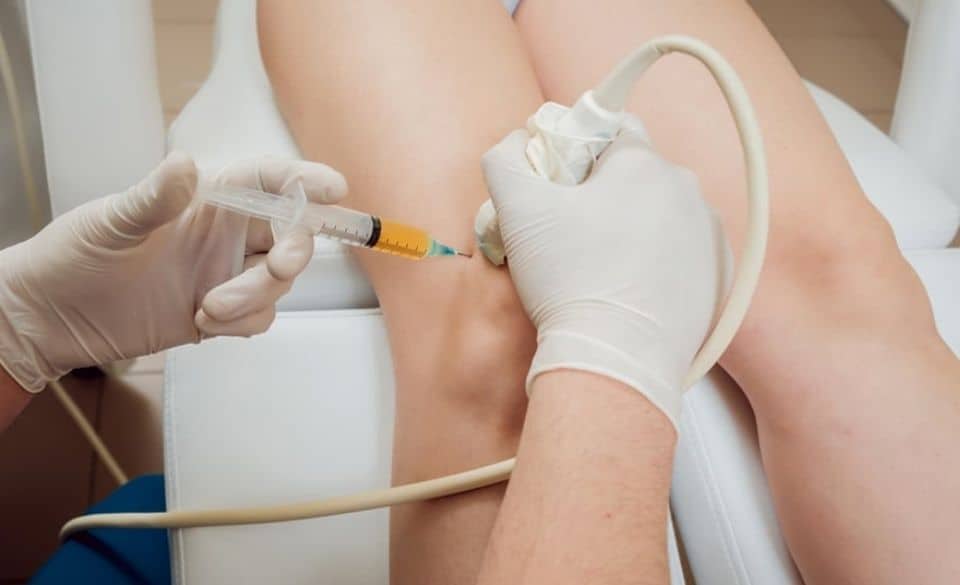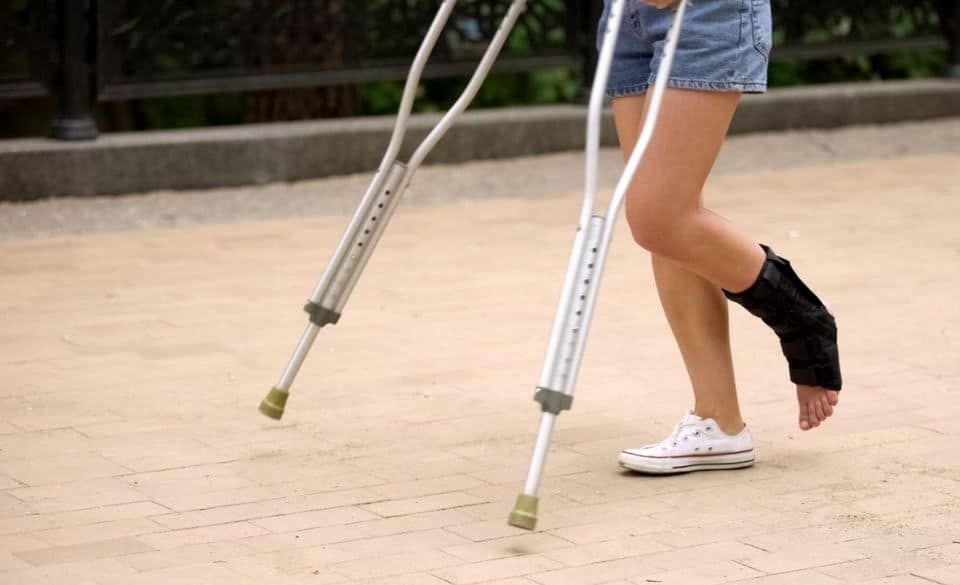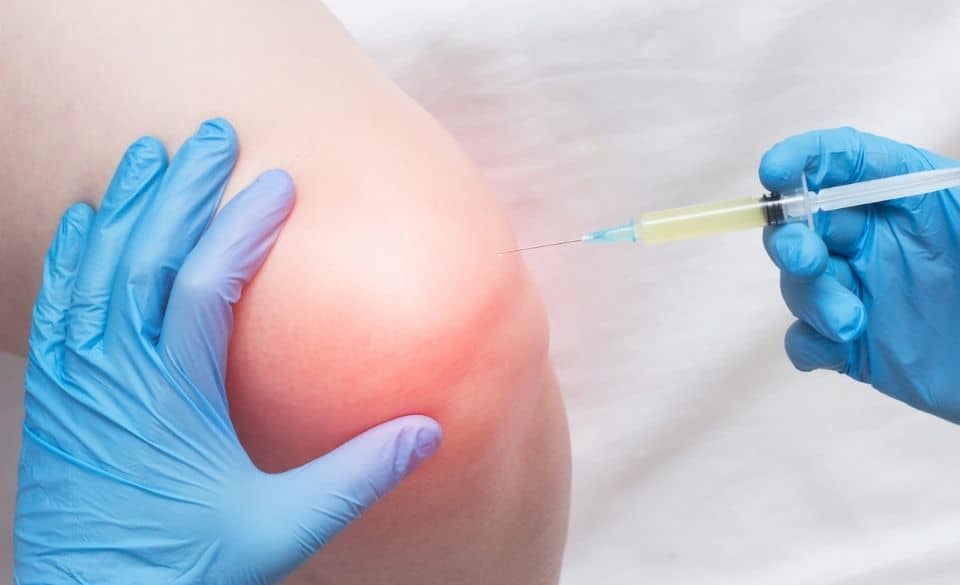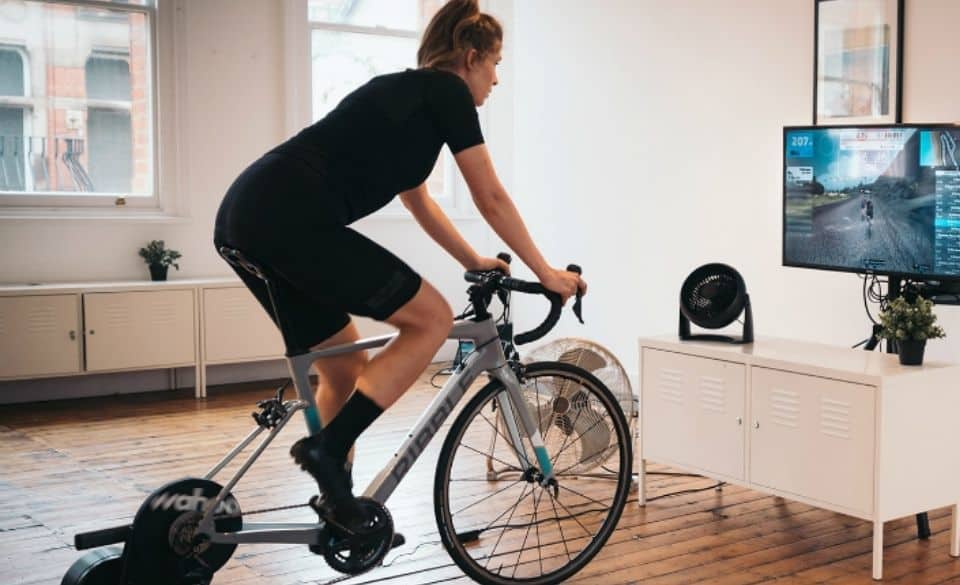
PRP Recovery Protocol – A Guide To Running After PRP Injection
Page Contents
If your a runner dealing with chronic, ongoing injuries such as hamstring or Achilles tendon problems, you may have been treated with PRP Injection. While this article mainly focuses on running after a PRP injection, let us first explain what exactly it is.
A platelet-rich plasma injection or PRP therapy involves using the athlete’s blood to animate the healing process. Doctors take a small amount of blood and spin it using a centrifuge. By spinning it in a centrifuge the doctors can separate the platelets and plasma which contain proteins and natural growth factors. The PRP is then administered by injection to the athlete’s injured area, which helps muscles, cartilage, and tendons start the regeneration process.
What injuries does it treat? Generally, PRP therapy is used to treat chronic injuries such as:
– Tendonitis
– Chronic tendon injuries
– Ligament Injuries
– Muscle Injuries
– Osteoarthritis
– Nerve Damage
– Non-Healing Wounds
– Spine Conditions
How effective is PRP therapy? Unfortunately, the studies give mixed results. A study in 2017 focusing on tendon and ligament injuries (rotator cuff, tendinopathy, and anterior cruciate ligament) found that subjects that were administered with platelet-rich plasma showed significantly less pain compared with the control group.
Another study in 2019 focusing on sports-related muscle, tendon, and ligament injuries. Fives studies focused on PRP for acute muscle injury, and 17 for tendon and ligament injury. Out of the first five reviews, three showed little to no effect on the outcome, while eight of the seventeen for tendon and ligament injuries showed a significant difference in pain and function compared to the controls.
While these studies can demonstrate PRP therapy’s effectiveness, other things must be considered to maximize this treatment method. Some essential considerations include the proper administration of the PRP by accredited healthcare professionals and the credibility of your injection kit provider.
Generally, PRP injections are administered by physicians and other medical practitioners with the necessary knowledge and experience to ensure the procedure is performed safely and effectively.
On the other hand, it’s also crucial to find the right platelet-rich plasma injection kit provider. PRP kits like Selphyl Ortho are medical devices, so you must choose a provider with a good reputation for safety. They should use high-quality materials and follow strict manufacturing standards. Also, the quality of the kit may affect the effectiveness of the treatment, so it’s best to work with a provider who uses PRP kits shown to be effective in clinical trials.
Lastly, your chosen provider should have experience in using PRP kits. They should be able to answer your questions about the treatment and provide you with the best possible care. Considering these things, you can determine how effective PRP therapy is.

PRP Recovery Protocol – A Complete Guide
After receiving your first treatment, like any other rehabilitation program, there is a recovery protocol you should follow.
During the first 72 hours, you should rest or limit the use of the injected area. However, some light movement is encouraged to help the joint or tendon recover and let the PRP (platelet-rich plasma) absorb into the surrounding tissue.
During the next three days, you may experience some mild to moderate pain in the surrounding area. This is a sign of the healing process. However, during this time it is important you DON’T take any medication that is not specifically endorsed by your physician. Doing so can have adverse effects on the healing process.
Some of these medications that you should stay away from include:
– Anti-inflammatory medications for a minimum of 2 weeks after the procedure.
– Blood-thinning medications
– Supplements
– Vitamins for 3-4 days after the procedure
– Systematic steroids for a minimum of 2 weeks
However, there are a few more factors you should know about when following the PRP recovery protocol. These include:
– Avoiding ice or heat to the surrounding area for at least 72 hours after the procedure.
– Stay away from any warm environments, such as hot baths or saunas for 72 hours.
– Avoid alcohol for a week after the procedure.
– Avoid taking a shower during the first 72 hours after the procedure.
– Avoid smoking
While caffeine hasn’t been proven to affect the recovery period, it is still wise to limit the amount of caffeine during the first week. On the other hand, it’s important to note some risks associated with the PRP injection, like pain, infection, and allergic reaction. This way, you can be aware of potential complications that may arise after the procedure. Your healthcare provider will help you create a recovery plan that minimizes any potential adverse side effects.
Moreover, although PRP treatments can produce fast results, some cases may require more treatments. So the above PRP recovery protocol time may increase as you receive more injections to the injured area.
Running After PRP Injection – What You Should Know?
PRP injection is delicate and can often involve multiple visits to a doctor. Not only that, it can typically take anywhere from two weeks to three months to fully complete the healing process.
So if you are thinking about running after a platelet-rich plasma injection, don’t jump ahead and try to get back to running too quickly. Any exercise that is recommended should only induce mild pain if any.
Following the guideline below will help you get back to running after an injection sooner, rather than later.
Post PRP Injection Instructions
Below is a typical timeline for runners looking to get back into running after a PRP injection.
0-7 days post-procedure
During the first 7-10 days after the procedure, it is widely recommended that you don’t try to run. Only gentle and assisted activities that help your range of motion are recommended.
7-14 days post-procedure
This is the period when you will start physical therapy to help with soft tissue mobilization and range of motion. Often during this period, any form of immobilization device may be removed (crutches, slings, splints, etc). During this time it is important not to overstress the tendon, lift heavy objects, exercise with weights, or perform high-impact activities. However, low-impact exercises such as cycling and swimming can begin but keep the intensity low.
2-4 weeks post-procedure
During this period it is important to continue to active range of motion exercises. Cycling or swimming at a low intensity can continue, and light stretching and strengthening exercises using your body weight can usually start if pain-free.
4-6 weeks post-procedure
This is where you can start to incorporate moderate intensity on the bike and start an eccentric strengthening progression program. It is still recommended during this period you avoid any high-intensity exercise, jumping, running, or plyometrics. However, depending on the type of injury you may be able to begin light running (most likely not), but speak to your doctor or physiotherapist first.
6-8 weeks post-procedure
During this time you will continue to receive physical therapy sessions 2-3 times per week. It is also wise to continue to stay away from high-intensity exercise. Moderate intensity on the bike is still recommended or other forms of low-impact aerobic exercise. You should also be continuing to include the strengthening program in this period.
8-12 weeks post-procedure
This period is where things start to look brighter and after following the recovery protocol you should be able to start running after injection. This means you should be able to exercise pain-free by now but it is recommended to continue to build up the running and slowly introduce light intense workouts each week.
While the point where you can start running after a PRP injection will differ depending on the injury. However, the above outline will give you an estimated time for when you can expect to be back running.

PRP Injection Knee Recovery Time
Like many injuries treated with platelet-rich plasma, the recovery protocol will differ and the time to recovery will change. However, when it comes to a PRP injection in the knee, the recovery time will usually last between 8-12 weeks. This means that typically knee injuries that are treated with platelet-rich plasma will take approximately 3 months before you should be able to run freely again.
Again depending on the severity of the injury, the knee recovery time can vary greatly. However, what you can expect is a minimum period of 6-8 weeks before you can run pain-free.
Trying to speed up the recovery time after injection into the knee can often cause the recovery time to increase. So, make sure you focus on building up the range of motion and implementing a strengthening program before you even look at trying to run again.
If you are unsure of when you can run again, speak with your doctor or physiotherapist. Often during the first 4-6 weeks, they will give you an estimated timeframe for when you can return to running.

Exercise After PRP Injection
Exercise after a PRP injection can vary greatly depending on the type of injury sustained before the treatment. If you are recovering from any hip or leg injuries from running, you will most likely be limited to low-impact activities such as swimming, pool running, or cycling.
However, these activities won’t usually begin until at least 4 weeks after the initial treatment if you have sustained a lower-body injury.
If you sustained another form of injury you might be able to speed up the process, but this is where your doctor or physiotherapist will guide you in the right direction.
Exercises recommended after platelet-rich plasma injection include:
After two weeks
– Bike (low resistance)
– Pool walking
– Light stretching
– Upper body strengthening exercises
– Lower body strengthening exercises
After four weeks
– Bike (low resistance)
– Pool walking
– Isometric and concentric strengthening
After six weeks
– Bike (moderate resistance)
– Swimming
– Pool Walking
– Isometric and concentric strengthening
– Elliptical (low to moderate resistance)
It is important to note that the above content will differ depending on the injury sustained. Take this information as a guide and consult your doctor or physiotherapist before taking any outside advice.



